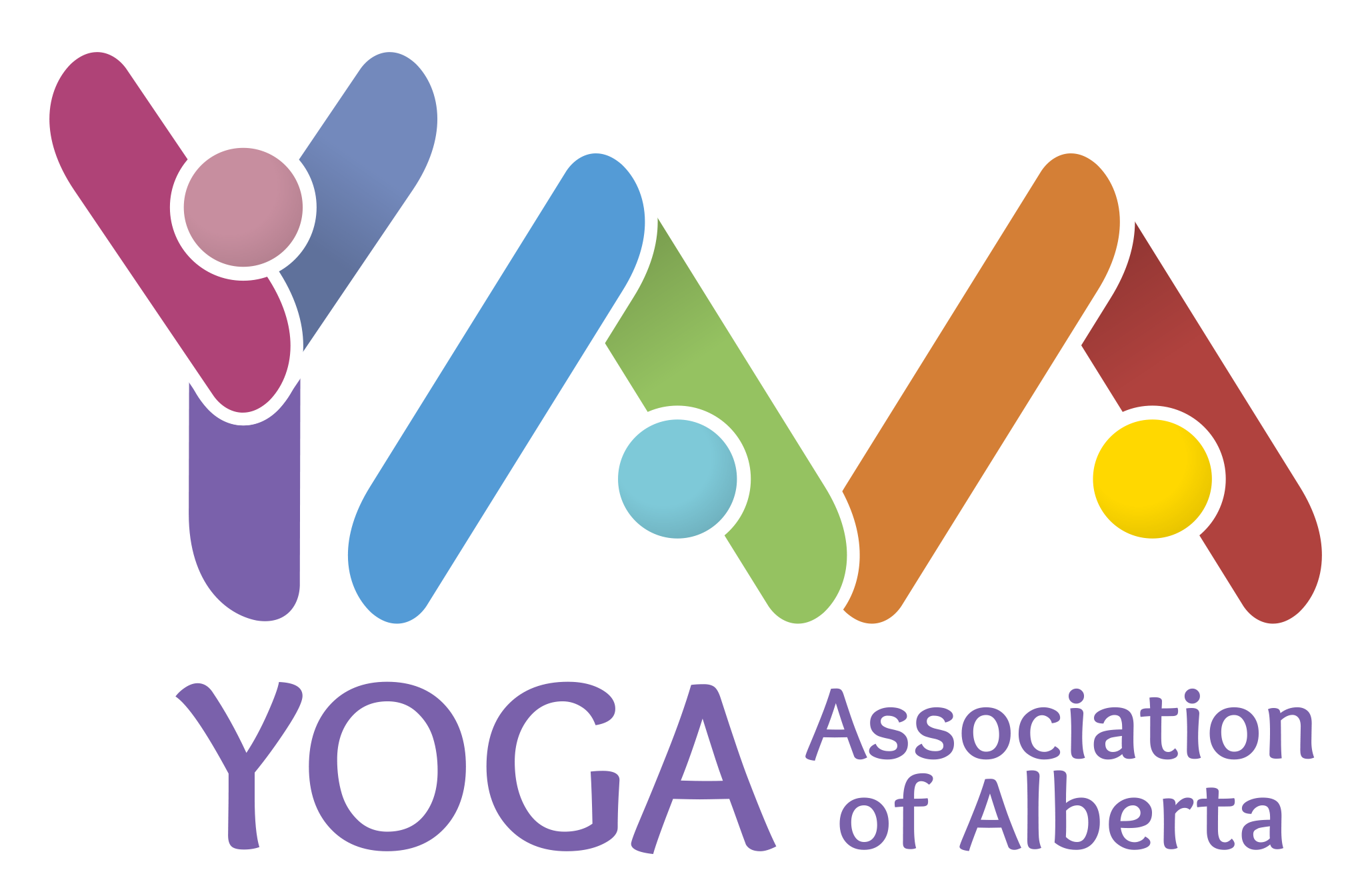By Michelle Anderson
Originally published in Yoga Bridge - WINTER 2024 VOLUME 24 ISSUE 1
Gentle Yoga Can Take Mom Through Labour, Delivery and Beyond by Michelle Anderson I recently saw a DVD for sale that was labelled as a prenatal workout. Key words in the title were "fit and sleek" and "complete pregnancy training". This gave me cause to wonder about the wisdom of this approach—this is not the time to "get into shape" or try to emulate some celebrity mother. More than ever, it is a time for women to honour and work with the changes in their bodies that support their growing babies. How can yoga help you through pregnancy? It’s a deep subject and I can only touch on the major points. For greater detail, I recommend the book Yoga for Pregnancy by Judith Lasater (see reference below). If you are new to yoga or want advice about your existing practice, I also recommend seeking out a yoga teacher who specializes in prenatal yoga.
Hormonal changes greatly influence the flexibility of ligaments and muscles throughout pregnancy. Ligaments are designed to support bones, joints and organs, and the production of a hormone called relaxin during pregnancy can easily lead to over-stretching them. As tempting as a deep yoga practice might be, the increased flexibility that expectant mothers gain can lead to structural instability. The normal cautions to stay within your comfortable capacity and to watch alignment are important to keep in mind. This is especially true for beginners; it’s a good idea to seek guidance from a qualified teacher and not to learn the basics from a DVD or an on-line video.
In the first trimester, expectant moms are often tired, so slow, gentle and supported yoga practice is most appropriate. Most poses including backbends and twists can still be performed if you’re familiar with them and understand your limits. Prone positions (poses on the belly) are not recommended during this period, nor are poses that forcefully work with the abdomen or spine, like the boat pose or any core work like sit-ups and leg lifts. It is important to keep the abdominal area quite passive and relaxed during this trimester. Very gentle backbends and twists are ok; deep moves in these poses can intensify abdominal muscle separation and make it challenging to recover these muscles postnatally. The same general cautions extend through the second and third trimesters as well.
In the second trimester, if energy levels permit, a gentle hatha yoga practice with an emphasis on low back stretches and hip and shoulder openers could be helpful. Avoid deep forward folds that can put pressure on the xiphoid process at the base of the breastbone and that could cause upper abdominal discomfort.
In the third trimester a gentle hatha practice is optimal; concentrate on hip stretches and seated postures. Exercises to help prepare for labour and delivery (such as bound-angle pose) could be introduced as well as pranayama (such as alternate nostril breathing) and meditation practices for stress relief. These routines can all help prepare for the great physical, mental and emotional challenges during labour and delivery. Abdominal muscle separation becomes more of a potential issue in this trimester, so backbends and twists if they are done at all should be limited to subtle, gentle movements.
Because a woman’s centre of gravity is shifted forward during pregnancy, her body adapts through postural changes that can produce diverse body-wide symptoms such as pain in the low back and pelvic region; an altered sense of balance; carpal tunnel syndrome; swelling; varicose veins; headaches; muscle cramping; lightheadedness; upper back stiffness and weakness; fallen arches; abdominal muscle weakness; and pelvic floor weakening. Yoga can be a valuable tool to address postural issues and counter these that are helpful for these symptoms include cat/cow stretch; calf stretch at the wall; staff pose; and, supported supine/restorative poses. Poses that can be attempted with caution include standing poses with forward folds and twists (standing poses may also have a shorter stance or slight bend in the knee); and seated forward folds (if practicing seated forward folds, legs should be wider to allow space for the belly and don’t extend too far forward). Twists should be practiced in the upper back only. Deep back bends are not recommended during pregnancy. If balance is an issue during standing poses, a wall or chair could be used for support, or standing poses could be replaced by poses that use supports such as bolsters.
Pelvic organ prolapse, where the uterus, bladder and/or rectum begin to descend, fall and potentially protrude externally, is present in up to 70 per cent of women by the age of 70 (source Clare Newman, Mamata Yoga studio Connecting Mother and Child, Prenatal Yoga Teacher Training Manual). Pregnancy is a common cause of pelvic floor dysfunction (PFD). Women often experience PFD after they give birth. Pelvic floor muscles and tissues can become strained during pregnancy, especially if labor is long or difficult. Exercises to strengthen the pelvic floor such as the root lock (moola bandha, also known as Kegel exercises) can promote pelvic health. PFD typically requires downtraining before strengthening. Downtraining comprises a series of techniques aimed at helping your pelvic floor muscles to relax and release and can include visualization, body scanning and mindfulness; heat pack application; warm baths; diaphragmatic or "belly" breathing; posture exercises; stretching; vaginal dilators; and massage. If self-help techniques and massage aren’t successful to help PFD, pelvic floor physiotherapy may be needed.
Suggested reading Judith Lasater. 2004. Yoga for Pregnancy. Rodmell Press.
Michelle Anderson teaches yoga in Sherwood Park, AB. She is a 200 hr. EYT, RAD Yoga Mobility and Recovery Specialist, 85 hr Pre/Post Natal Teacher. Check her website www.michelleyoga.net and find Michelle on Facebook and Instagram.

